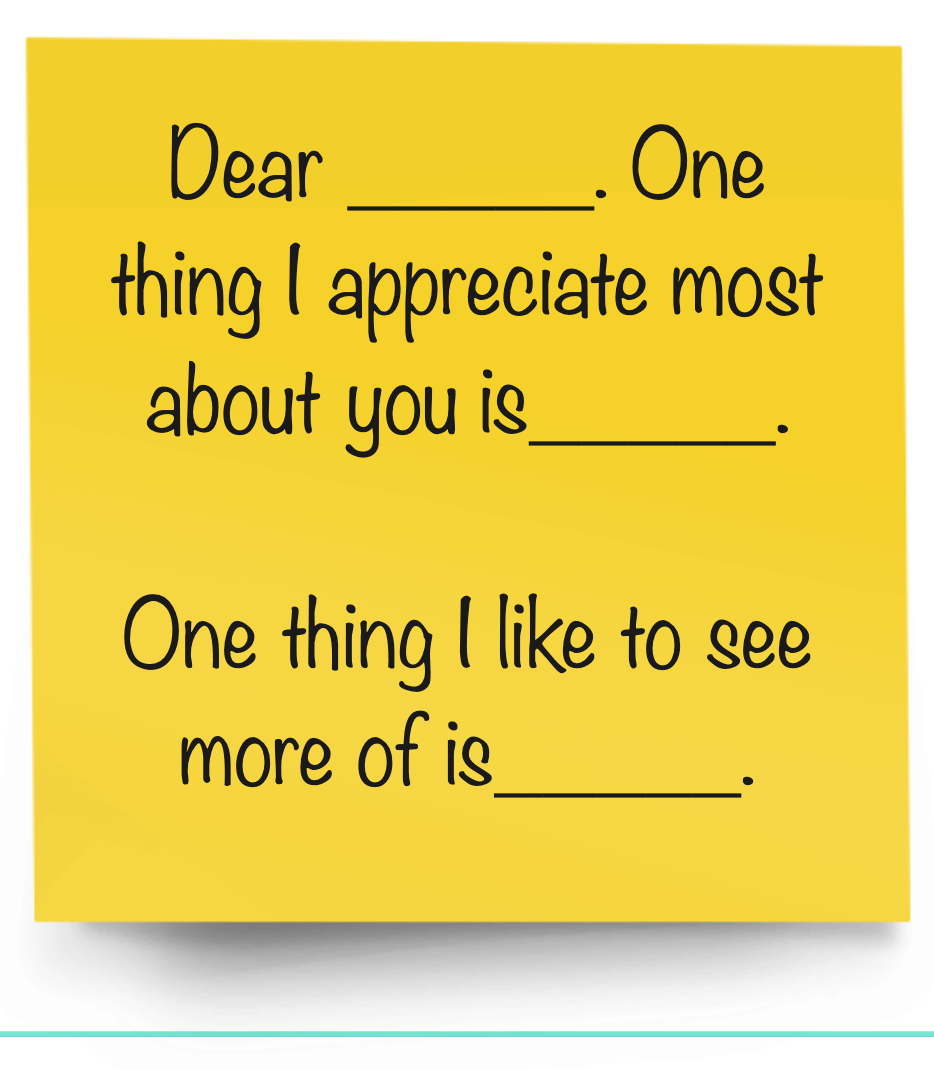Receiving and giving feedback
An actionable guide
By Niklaus Gerber. You can find all the additional information about this presentation in this article.
Feedback is your relationship with the world and the world’s relationship with you; it’s how you impact others, for better or worse. So it’s all around you—the question is just whether you’re paying attention to it.
A guiding principle:
Skilled people make feedback a positive experience, leaving everyone feeling valued, even if the input itself is challenging.
Remember: Feedback is about what you do and does not define who you are!
Why is receiving feedback so hard?
Negativity bias: Negative experiences tend to exert a more significant psychological impact on us than positive experiences of the same magnitude.
Receiving feedback does not mean I am the worst person ever. It only means someone cares enough to tell me how to improve.
Feedback is a gift
How are you picking a gift for your spouse or best friend?
How to receive critical feedback
The five stages of receiving feedback
- Discard: “This has nothing to do with me.”
- Defend: “No, that’s not how it was”
- Explain: “Yes, but…”
- Understand: Listen, accept
- Change, Reinforce, Remain: Process the feedback and make my own conscious choice
How might you approach this best?
Step one: Don’t react - respond
Whether you’re getting feedback informally (a passing comment in a hallway) or formally (an annual review), the most critical first step is to avoid deciding how meaningful it is to you at that moment.
- Start by listening.
- Then, clarify your understanding of what the person is saying by asking for real-world examples.
- Finally, thank the person, even if you don’t like what they said.
There are three key things to know about active listening
- Empathetic understanding: I understand what you are saying, what you mean, and how you feel.
- Listening is not agreeing: Listening to understand the other person’s point of view.
- Be willing and ready to listen: No distractions.
Great communication isn’t just about what you say; it’s about what other people hear.
Step two: Consider the feedback’s value and context
- Remember that feedback is only one facet of who you are.
- Put the feedback in context to understand how productive it might be.
Step three: Corroborate and challenge
Collect data and information from trusted members of your “career community”.
Step four: Turn the feedback into a goal
Craft your objective by asking yourself:
- What is the goal?
- What will change as a result of my having achieved it?
- What are the steps along the way?
- Who might I need support from?
- How will I measure my progress?
- How will I celebrate my progress when I get there?
Step five: return to the source
- If you’ve determined the feedback was terrible or biased, you can stop there.
- Otherwise, return to the person who gave you feedback as a final step.
We can’t just sit back and wait for feedback to be offered, particularly when we’re in a leadership role. If we want feedback to take root in the culture, we need to ask for it explicitly.
How to give critical feedback
Radical Candor
Care personally, and challenge directly.

Setting the ground rules
- Speak from the “I”.
- Don’t tell people how to fix their problems.
- No one wants a stinky fish.
- It’s not positive or negative; it’s feedback.
- Give concrete observations and make them actionable.
- Find the right time and ask for permission.
- Concentrate on behaviours.
- Do not trigger anxiety.
The best way to structure and share your feedback
Tone of voice
- Making neutral observations (distinguished from interpretations/evaluations).
- Expressing feelings (emotions separate from reasons and interpretation).
- Expressing needs (deep motives).
- Making requests (clear, concrete, feasible and without an explicit or implicit demand).
E.A.R.N. it
- Event: What was the situation?
- Action: What was the observed behaviour?
- Result: What was the impact or consequence?
- Next Steps: What behaviours need to be continued/changed?
Event - “During yesterday’s remote team meeting …”
Action “You were texting on your phone throughout…”
Result “When we have time set aside for meetings, it’s important that you’re present and focused; by being on your phone, you are neither …”
Next Steps (suggestion for the future) “How would you feel about leaving your phone at your desk during meetings or only answering it in an emergency?”
Tips for delivering effective feedback
- Do personalise your feedback relationships.
- Don’t use the “shit sandwich” (sneaking negative feedback between two “slices” of praise).
- Do deliver feedback privately.
- Do allow for breathing room.
- Do deliver negative feedback in the morning—maybe not the first thing, but sooner rather than later.
- Do avoid lecturing. Feedback should come in welcoming, two-way conversations.
- Do also remember to offer constructive praise.
Some examples might give more clarity
Be descriptive about the behaviour, not about the person.
I feel like you’re not listening to me when you finish my sentences for me: you did that a few times when we were talking about the project plan. So I’d prefer to spend what I’m saying before you add your points.
Do not judge or label.
- You are autocratic.
- You are inflexible.
- You do this bit - you are creative.
Focus on performance outcomes.
It’s frustrating for me to lose valuable time with you: if you arrive late, we can’t discuss everything we aimed for. However, we need to get this right because the team needs a good decision from us.
Don’t try to change others.
This is precisely what caused the trouble last time. If you could work early shifts, we could meet at 7 am, and this would be solved.
Speak plainly and clearly.
It’s essential for the whole team to understand the impact of wide-screen on our future development plans. However, I’ve noticed that you haven’t kept your team up to date on this. I’d like you to include wide-screen updates in all your team meetings.
Avoid being vague and ambiguous.
Well, it’s pretty obvious what’s going wrong here.
Let the other party know that you would like to provide feedback.
Can I talk to you about the start of our meeting today - would you like to hear some feedback and my ideas? I’d like us to try and get more out of our meetings. Can we talk about how we can achieve more?
Feedback is a muscle; train it!
Feedback is one of those things that gets easier the more it’s practised, and also when your team has a certain level of comfort and trust in each other.
Walk the talk
How you react to the feedback you receive is just as crucial as your openness to accept it.
“Every day, leave at least one thing unsaid.”
Let’s put it into action
A group exercise
Remember: “Skilled people make feedback a positive experience, leaving everyone feeling valued, even if the input itself is challenging.”
How will this exercise work?
Everyone has 5 minutes to write one post-it for each group member. First, capture the name of the person you are addressing. Then, complete the following two sentences for that person.

Use the principles for effective feedback. Sign the post-it with your name. My tip. Keep it short and sweet.
Sharing is caring
Once all participants in a group are done writing, they deliver the feedback, one by one, verbally, handing the post-it note to its addressee. Of course, the addressee should not forget the say: “Thank you for your feedback”.
Licence
Receiving and giving feedback. An actionable guide. by Niklaus Gerber is licensed under CC BY-NC-SA 4.0